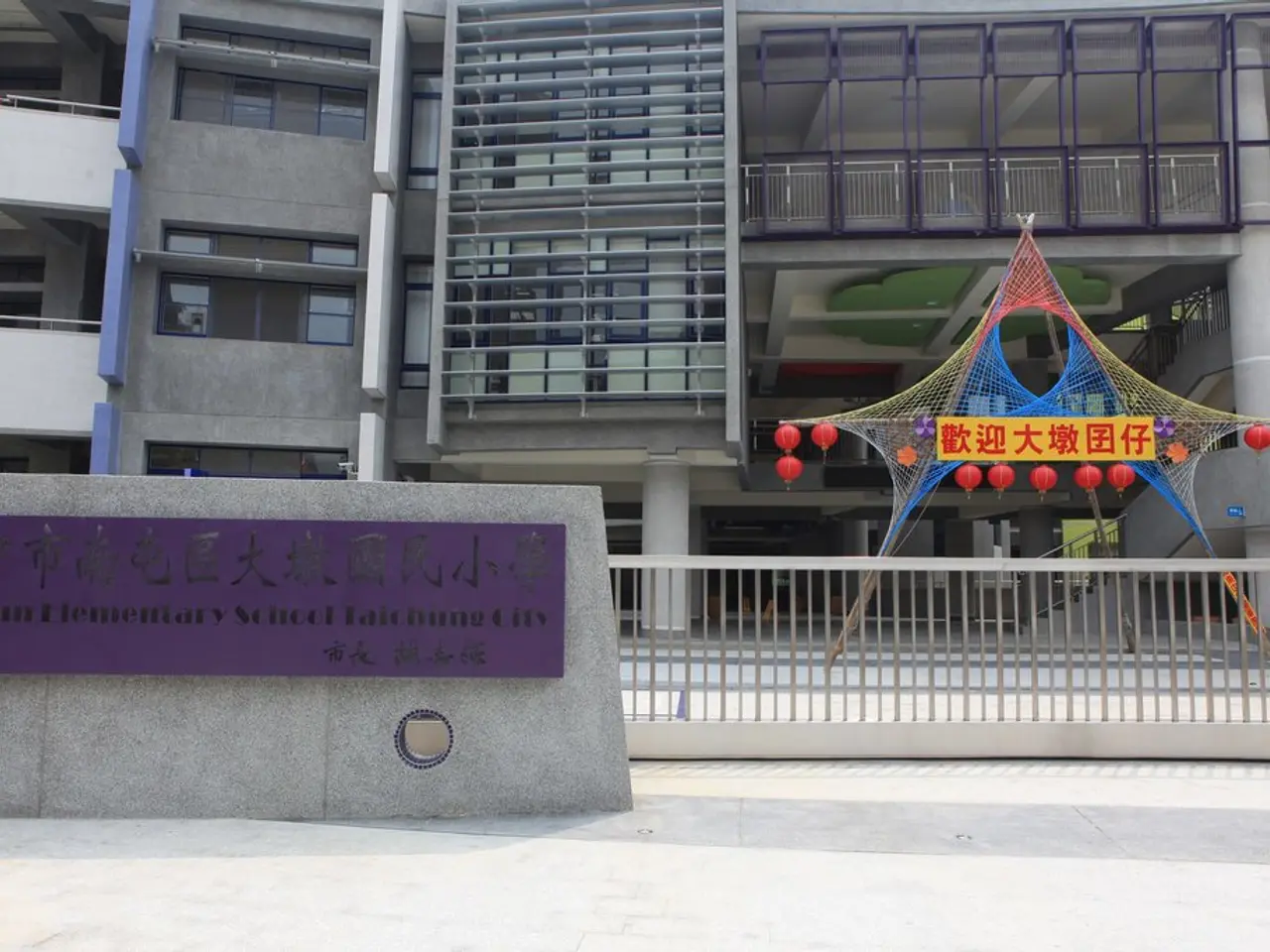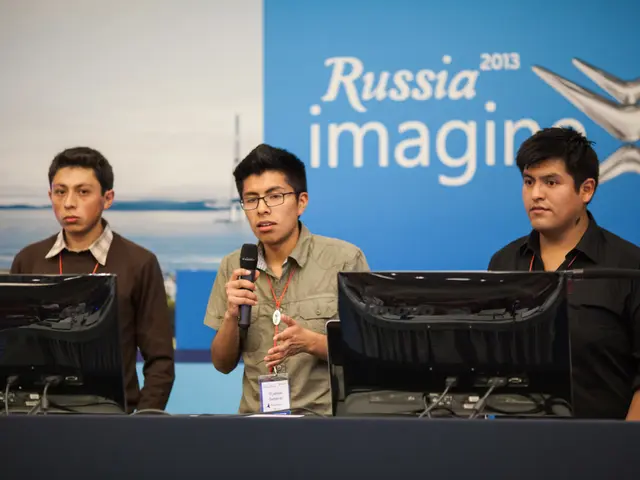FERC Bolsters Energy Grid Cybersecurity, EU Follows Suit
The Federal Energy Regulatory Commission (FERC) is bolstering its cybersecurity measures to secure the energy grid, with a focus on information sharing and collaboration across the sector. This comes as cyber vulnerabilities and potential threats to national security have been flagged as top concerns.
FERC's proactive approach to energy grid protection involves crafting a robust defense posture that can swiftly respond to emerging threats. This is achieved through effective communication and coordination among stakeholders. Energy infrastructures, intrinsically linked to national defense and economic stability, are prime targets for cyber adversaries.
FERC's directives include coordinated cybersecurity assessments using real-time analysis and feedback. This ensures compliance with updated standards and protocols. The commission also emphasizes the importance of securing Critical Infrastructure Protection (CIP) and enhancing long-term defense strategies. Both public and private stakeholders are urged to remain vigilant and adhere to FERC's comprehensive cybersecurity strategies.
In parallel, the European Union (EU) has been actively strengthening its cybersecurity efforts in the energy sector. Recent initiatives focus on minimizing vulnerabilities in critical infrastructure and implementing the NIS 2 directive for higher cybersecurity standards. Key players involved include electricity producers, nominated electricity market operators, electric vehicle recharging point operators, district heating and cooling providers, central oil stockholding entities, hydrogen operators, and Member States.
FERC and the EU are united in their efforts to fortify energy sector cybersecurity. By fostering collaboration, embracing proactive defense postures, and adhering to updated standards, stakeholders can collectively enhance the security and resilience of our interconnected energy grids.
Read also:
- Fructose Market Forecasted to Exceed $8.1 Billion by 2034
- Senate Tillis under spotlight in North Carolina as IRA tax incentives remain uncertain
- projected growth for the natural acetoin market: $291.6 million by 2034
- Aston Martin could potentially fit the Valkyrie race car with a straight pipe exhaust system.








